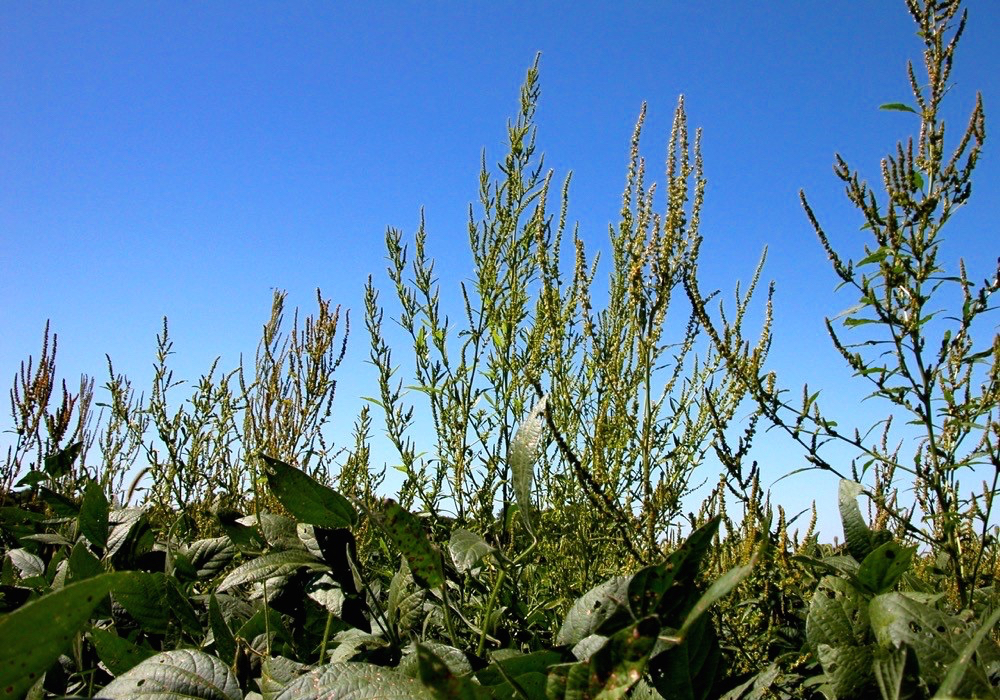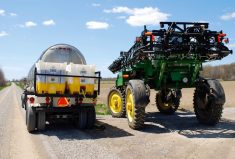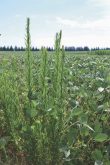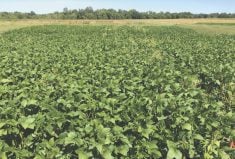Glacier FarmMedia – Chemical herbicides have long been the jewel in the crown of weed management, but after seven decades of use, natural selection is turning back the calendar.
Herbicide resistance in weeds was first discovered in the 1980s and the problem has steadily increased. With no new chemistries introduced in more than 30 years, it’s clear that chemical weed management isn’t the answer many had hoped for in the 1970s, when glyphosate changed the field.
With a nod to this reality, the University of Manitoba hired Dilshan Benaragama earlier this year to fill a new Integrated Weed Management chair.
Read Also

Producers aren’t panicking over tariffs and trade threats
The influence of tariff and trade uncertainity on farm business decisions.
Funding for the position was led by the Western Grains Research Foundation (WGRF), along with the Manitoba Crop Alliance, the Manitoba Canola Growers Association and the Manitoba Pulse and Soybean Growers.
[RELATED] New threat to weed management
It is the fourth WGRF-funded research chair position at a Western Canadian university established in recent years. It is part of an initiative launched after a 2014 study found that academic retirements would soon reduce agronomic research capacity at Western Canadian universities. Weed science was identified in the study as an area of concern, but the university decided where to allocate funds.
“The decision was collectively taken within the faculty,” says Martin Scanlon, dean of the School of Agriculture at UM. “We do need herbicides, but we have to be looking at all other activities associated with good agronomic practices.
“At the moment, with the prospect of no new chemistries, if we keep doing what we’re doing, applying the same herbicides under the same conditions, it’s not going to bode well for the future in terms of our ability to effectively control weeds.”
The university had a weed specialist in its plant sciences department before hiring Benaragama. Rob Gulden played a pivotal role in establishing the chair position.
“One of the reasons I pushed for this position was that there is way too much to do even in the weed world for one scientist,” says Gulden.
Until Benaragama joined him, Gulden was the only scientist doing research on weeds at the university and in the province. In the 1990s, there were four; one at the university and three at the federal agriculture department. Today, all the federal positions are gone.
“It’s kind of nice to get a little bit more firepower into Manitoba,” says Gulden.
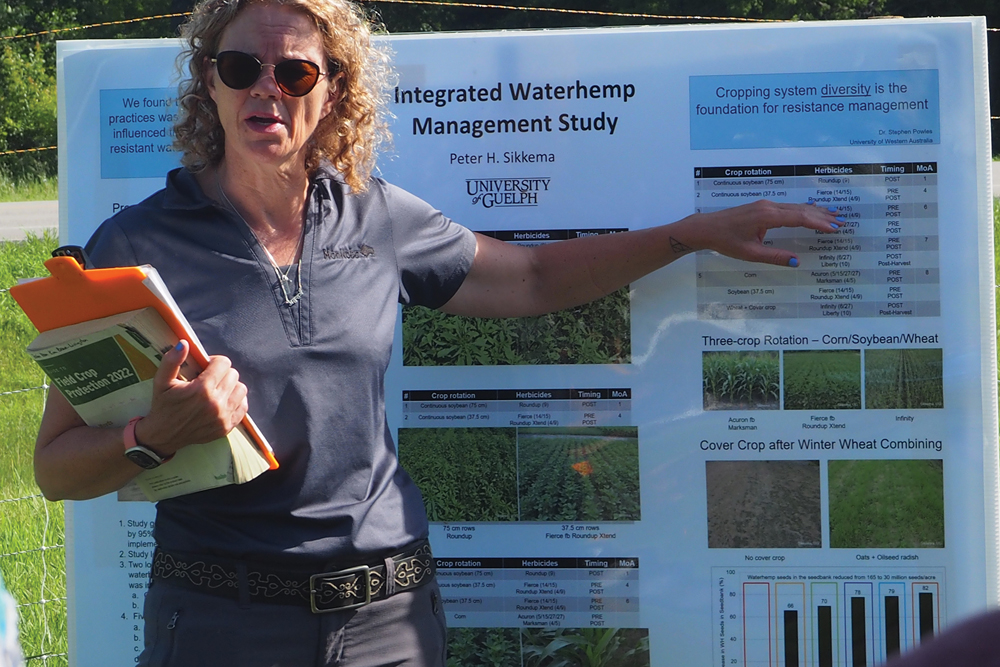
Back to basics
The term “integrated weed management” is applied to the new research chair position but the concept itself isn’t new. To some extent, it amounts to using old technology and techniques.
Before the 1940s, no chemical herbicides were available to farmers but they still had to control weeds. The first ones were introduced at about the same time as the concept of organic farming was taking shape, so chemical-free weed management never went away.
However, integrated weed management isn’t about being chemical-free. It’s about integrating as many tools as possible in the fight against weeds.
The Manitoba Agriculture website identifies three main agronomic practices for weed management in addition to herbicides:
- practices that limit the introduction and spread of weeds;
- practices that help the crop compete with weeds; and
- practices that make it difficult for weeds to adapt.
“There are a lot of different tactics that farmers can use in terms of managing weeds on their farm,” says Peter Sikkema, a field weed management professor at the University of Guelph’s Ridgetown campus.
“In terms of integrated weed management, I think the foundation starts with diverse crop rotation, and the more different crops, the better it is in terms of weed management because it allows you to use different weed management tactics in each individual crop.”
Though Sikkema sees huge value in no-till crop production in terms of carbon sequestration and reduced wind and water erosion, he also sees a future for strategic use of tillage to manage weeds.
“I’m not a big fan of aggressive tillage, but I think farmers will use it selectively in their long term rotation.”
Another strategy is to plant in narrower rows and at a higher seeding rate to improve crop competition. Cover crops can be used to the same effect.
But there are also tech-based solutions. Sikkema says combines that grind weed seeds and make them non-viable can play a role. Electric zappers and flamers to kill weeds are being studied too.
[RELATED] The satisfying pulverization of weed seeds
Sikkema says he doesn’t see those methods being used widely in field crop production but they could address specific needs.
“I think the use of autonomous robots that will just go up and down the crop rows and remove all weeds and leave the crop will have a future as well,” says Sikkema, though they will likely be restricted to high-value, low-acreage crops.
“I don’t see them being that widely used on broad-acre crops.”
He does see a future for inter-row cultivation in crops, which could be autonomous.
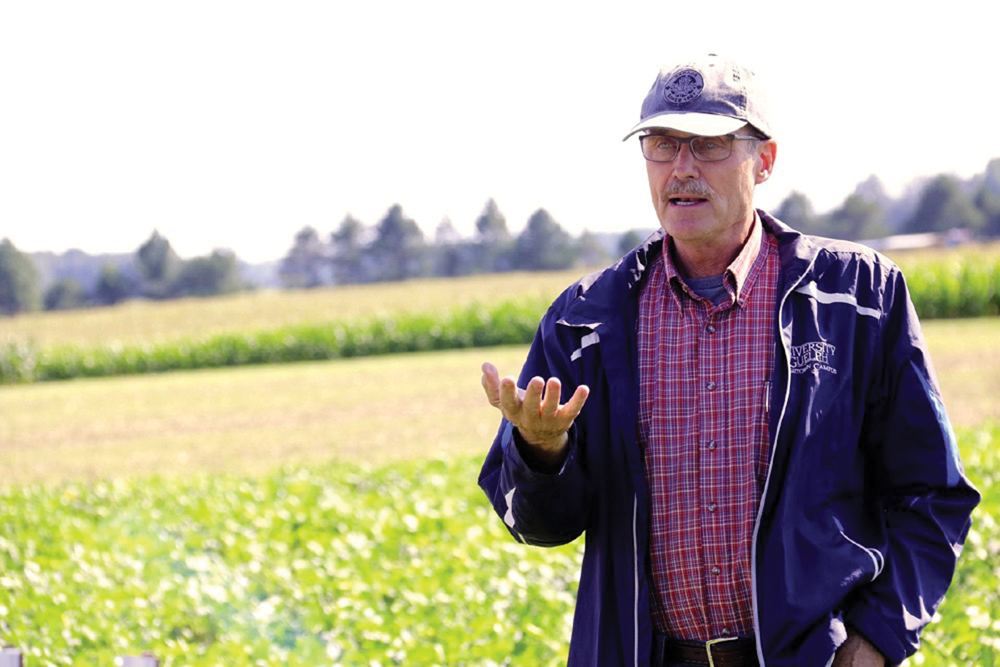
The road here
But how agriculture reach this point? With more than 100 elements on the periodic table and millions of ways to combine them, why couldn’t herbicide resistance be overcome?
From the 1950s through the 1970s, products with new chemistries were frequently released but that tapered off in the 1980s. Then herbicide-resistant weeds began to appear.
[RELATED] The latest in herbicides and fungicides for 2022
Ironically, over-reliance on chemicals to manage weeds became a problem because herbicides were so effective. Glyphosate, the world’s most recognizable herbicide, illustrates this.
Weed resistance to glyphosate was discovered in Australia in the mid-1990s and in North America in 1998.
According to a 2019 Australian paper published in the journal Plants, the efficacy of glyphosate, combined with the introduction of glyphosate-resistant crops in the mid-1990s, vastly expanded the acres treated with glyphosate. The only thing holding things in check was input cost.
In 2000, Monsanto’s patent on glyphosate expired, and cheaper generic products further increased use. Today, close to 50 glyphosate-resistant weeds have been identified and several are wreaking havoc in fields across North America.
Waterhemp is one example. South of the border, it is so bad that some growers have no option but to weed by hand. In Canada, the problem isn’t as bad but it’s worsening in Ontario.
Waterhemp arrived in Canada as an invasive species more than a century ago, but it wasn’t until the late 1990s that it made its way into Ontario corn and soybean fields.
“Prior to that, just like the name would imply, it was along open water courses,” Sikkema says. “That’s why it’s called waterhemp; its seeds floated in water.”
But waterhemp is a dioecious species (having male and female reproductive organs), which makes it particularly adaptable.
“That introduces huge genetic diversity within a population,” says Sikkema. “And because it has such a wide genetic diversity, there’s always the possibility of genes occurring that confer resistance to herbicides.”
For the same reasons it could adapt to corn fields, waterhemp developed resistance. The one per cent of plants not susceptible to the herbicide survived and passed that resistant gene to offspring.
That means the resistant gene didn’t develop in response to the herbicide because it was always there. To illustrate this, Sikkema points to research from France, where seed from the late 1800s was analyzed.
“There were seeds that had the mutation that conferred resistance to the group one herbicide 100 years before the first herbicide was used.”
Manitoba has avoided the crop devastation brought by waterhemp in Ontario and the U.S., says Manitoba Agriculture weed extension specialist Kim Brown-Livingston. However, it was discovered in Manitoba in 2016, and samples indicate resistance to herbicide groups 2 and 9.
“There are waterhemp populations, mostly in the States, that are resistant to nine different herbicide groups,” says Brown-Livingston. “At that point, you have no options left, so the idea is to not get there, and we’re really lucky in Canada because we’re not there yet.”
Brown-Livingston’s job is to get the message of weed management to producers, and her perspective on weed control is focused on what matters to them.
“I think we are all very concerned about the future of weeds and weed control and where that’s going, because weed control is a big input cost for most of our crops,” she says. Herbicide resistance makes it more challenging.
“We can’t just go throw something in a sprayer, go spray weeds, and we’re done,” says Brown-Livingston. “We need to look at a lot of the interactions holistically, and that’s very complicated and a lot of work.”
She welcomes the appointment of Benaragama to the new research chair position at UM. Outreach to producers is a central part of her job, and both Benaragama and Gulden do extension work in addition to research and teaching.
“I think this is just a fantastic opportunity for all of us,” she says. “I’m really looking forward to being able to work with him.”
As for Benaragama, he’s getting his feet wet in the new position. So far, he has been focused on writing grant proposals for project funding. His field research is set to begin this spring.
– This article was originally published at the Manitoba Co-operator.


